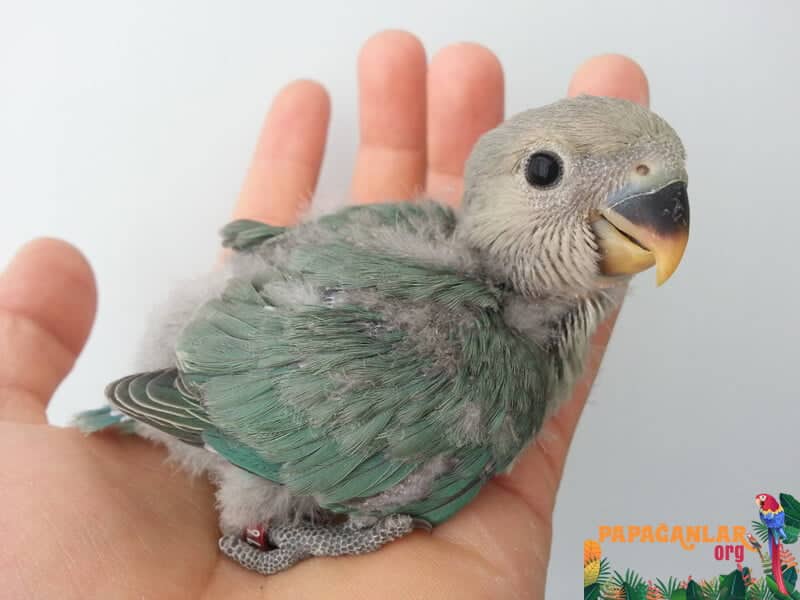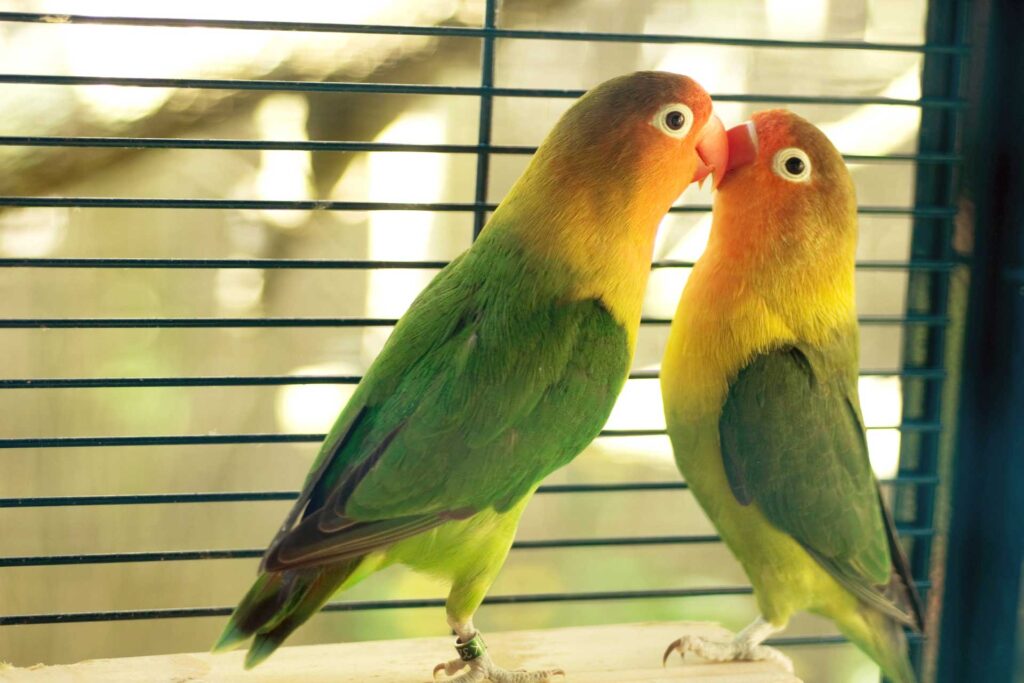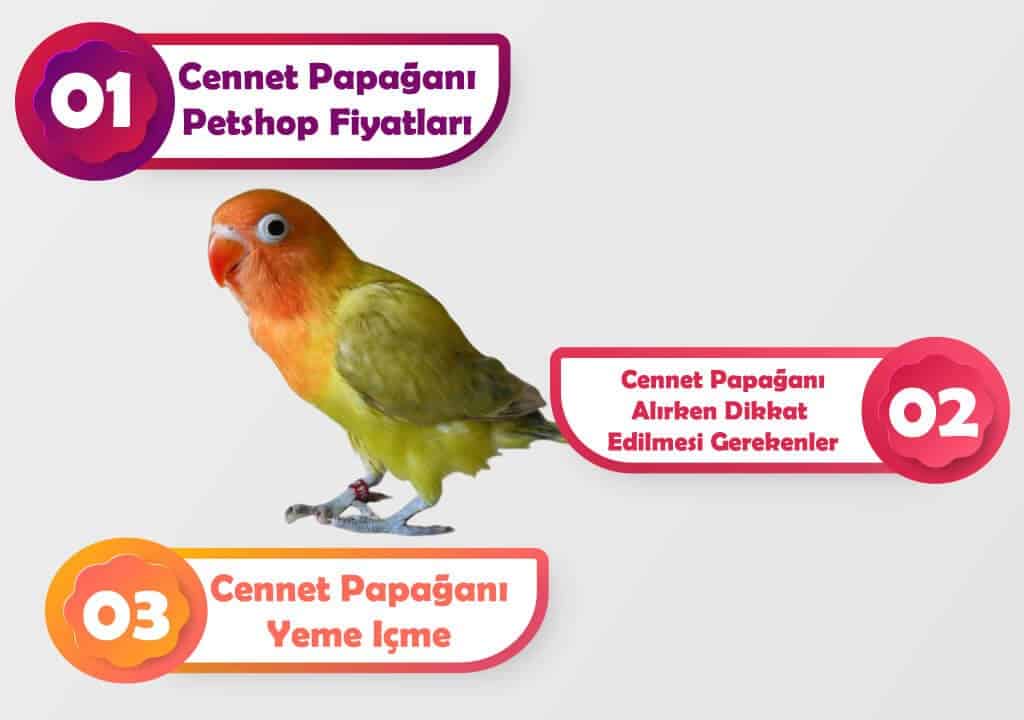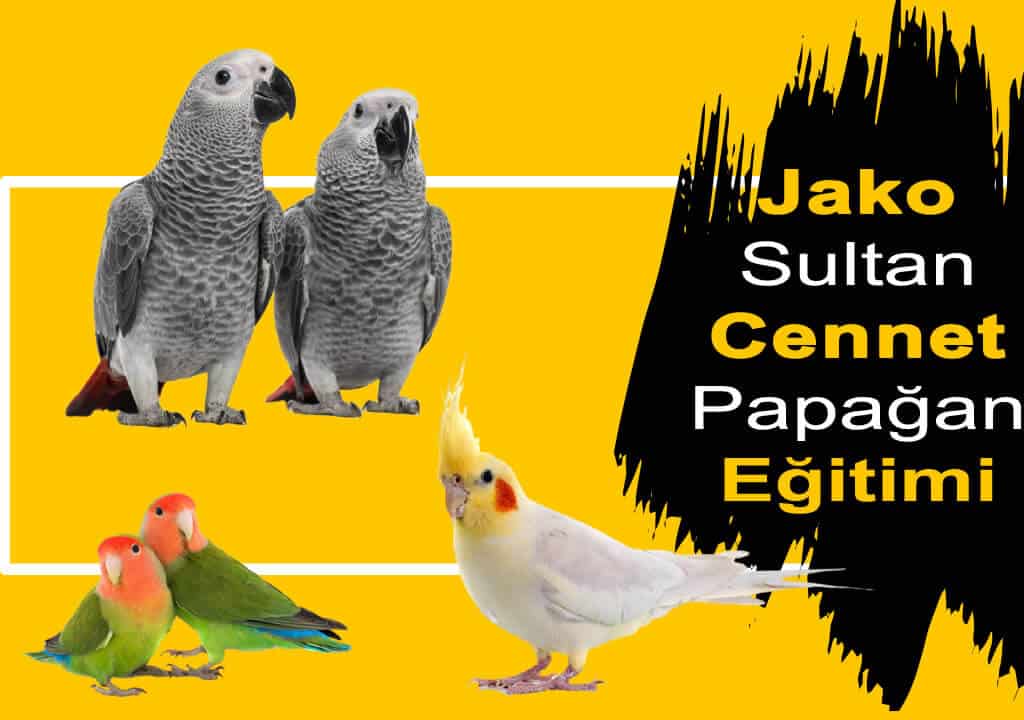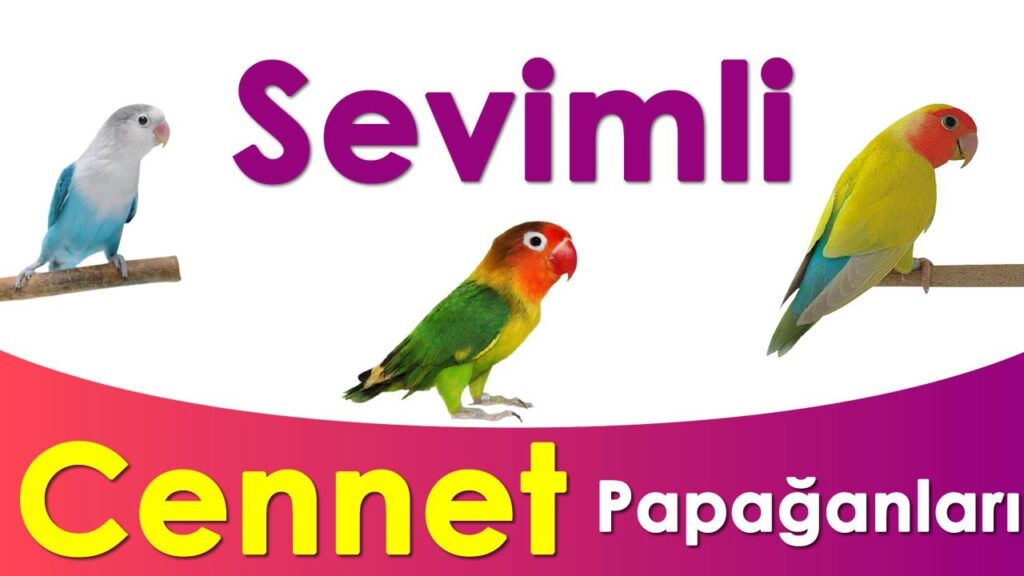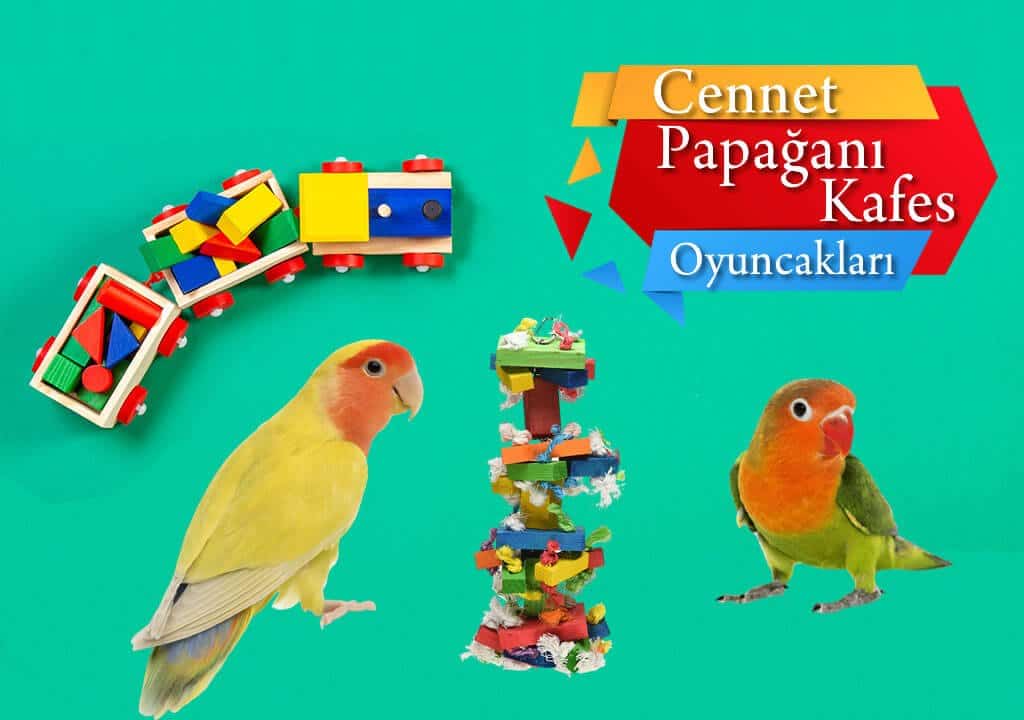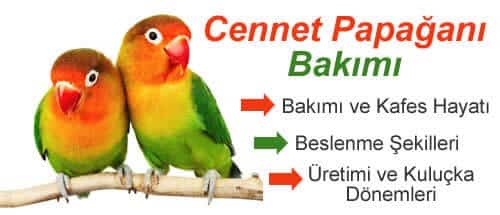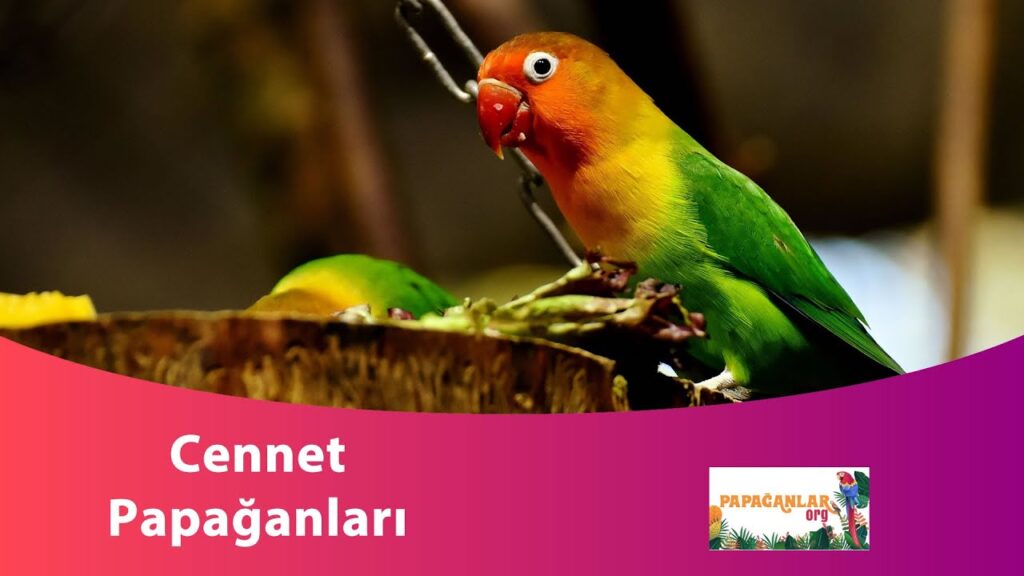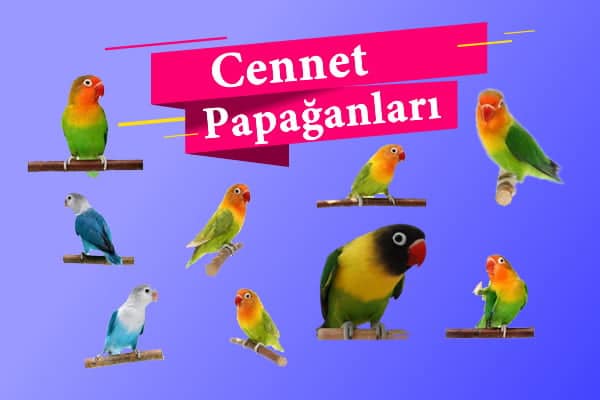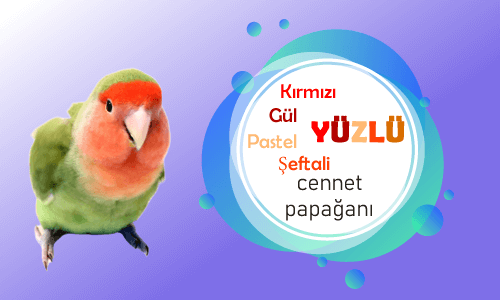Blog
Lovebird Mating
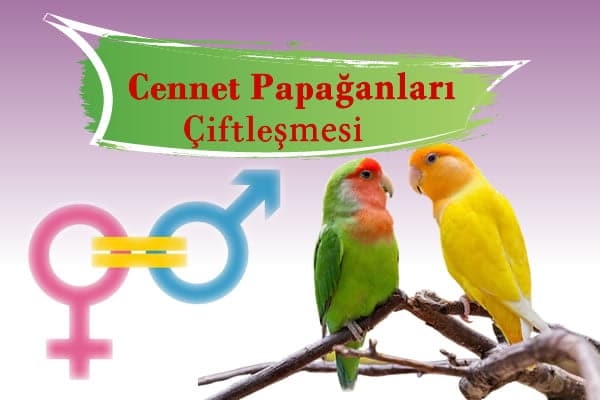
They are very suitable parrots for breeding at home. The most important thing to remember when trying to get offspring is that the same species mate with each other. In the mating of different species of lovebirds, 90% of the time there is no result, either the offspring that die as soon as they are born or the crippled offspring are obtained. Particular attention should be paid to this issue.
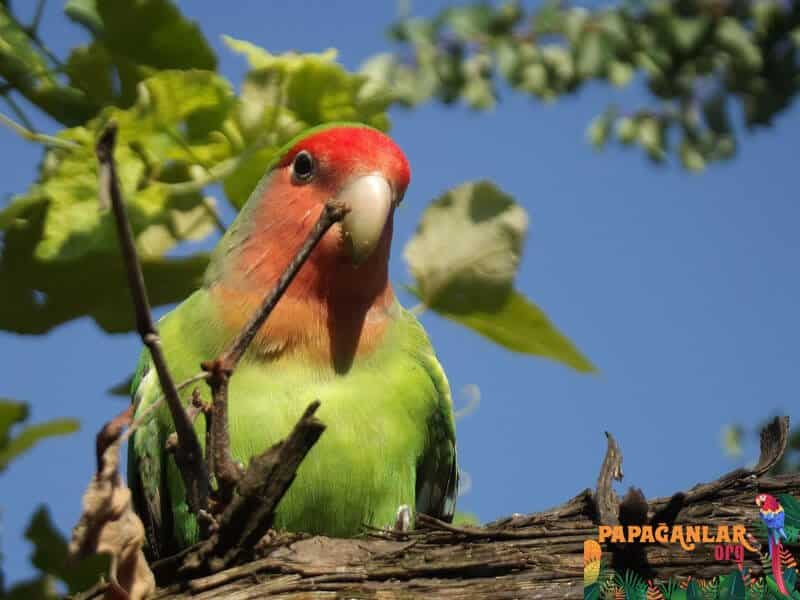
Lovebird Mating Age
Adult lovebirdscan be more boisterous and irritable than usual during breeding season. They may exhibit aggressive behavior.
What should be done for lovebird mating?
It is more appropriate to have a single pair of birds in the same cage during breeding periods. Suitable dimensions for the nest are 20 x 20 x 20 cm. The lovebirds will prepare the nest themselves. Do not try to build the nest with things such as sawdust, sand, newsprint. Lovebirds need a little support from you to build a nest; the main ones are unpainted pieces of paper, paper towels, branches, nesting rope, straw, hay and bath tub.
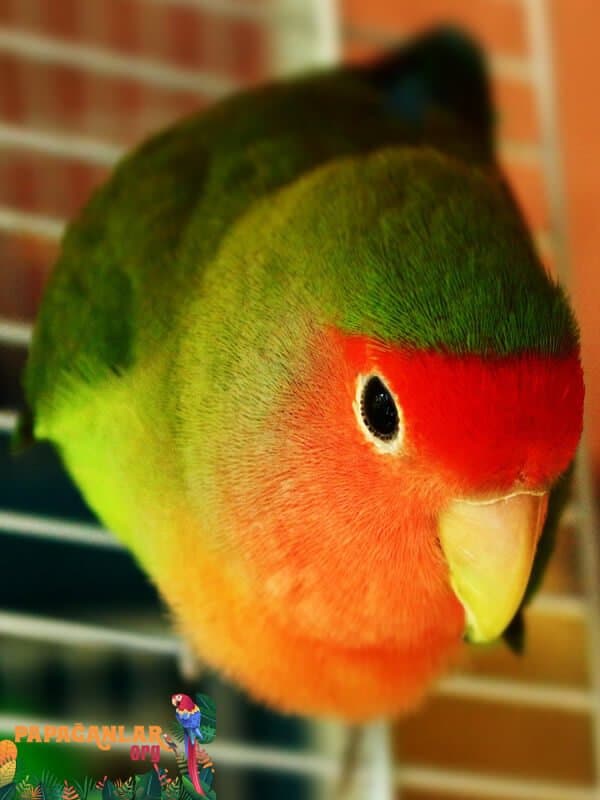
What Do You Need for Lovebird Mating?
Bathing is necessary so that the lovebirds can wet the pieces of paper. Also, during this period, the heavens need more bathing.
How to Understand a Lovebird Mating Request?
The couple, who are ready to mate, prepare their nests with the materials we mentioned above within 4-5 days. Even if they are birds accustomed to being outside of the cage, it would be appropriate for the lovebirds not to be taken out of the cage during this period and to move the cage to the quietest part of the room they are in.
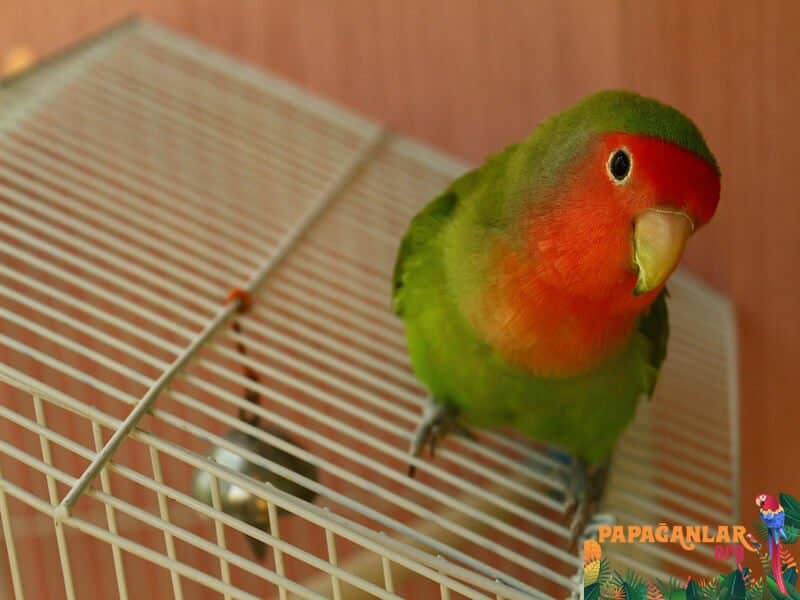
Lovebird Lays Eggs Without Mating
After mating, the female lovebird lays 4-8 eggs within 10 days, all one day apart. The incubation period lasts from 22 to 30 days. When 5-6 days old eggs are taken and exposed to the light, it can be understood whether it is fertilized or not. (It is not very correct to touch the eggs during incubation, but if there is any doubt whether you are fertilized or not, the possibility of a problem will be minimized if the egg is taken with the help of a spoon, examined in a short time and put back into place). After the incubation period, the fry begin to hatch one day apart, according to the egg order.
When Does a Lovebird Cub Eat Food?
The hatchlings, which hatch without hair, are fed with digested food prepared for them in the mouths of their parents. For this reason, it will be beneficial to give egg food to the mother and father while feeding the fry during the incubation period. During this period, the above-mentioned fresh fruits and vegetables should be available in the cage along with daily feeds. The cubs will stay in the nest until about 1.5 months after they are born. The cubs will stay in the nest until about 1.5 months after they are born. During this time, the nest will need to be cleaned. While doing this, the puppies should never be touched by hand, they should be removed from the nest with the help of a spoon and the cleaning should be done as soon as possible and put back in their place. The reason why puppies are not handled is because the parents don’t like it and they are likely to kick a handled kitten out of the nest.
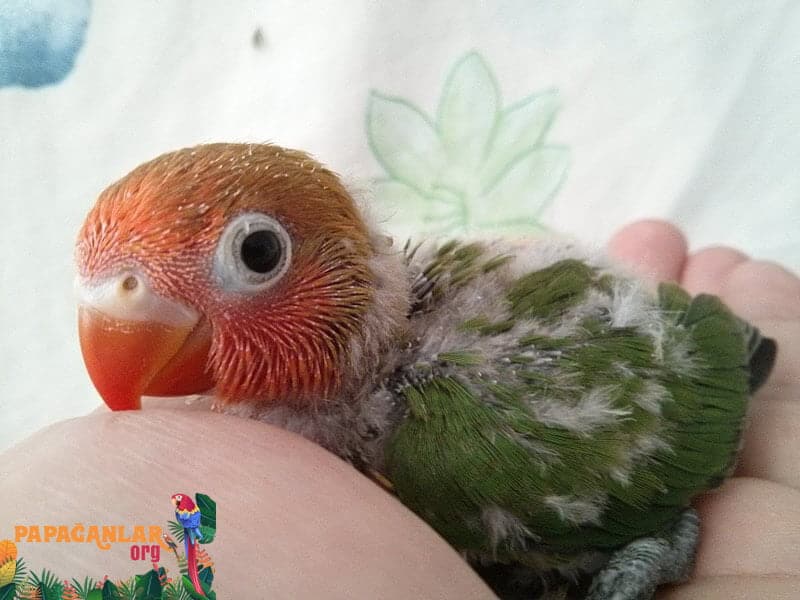
The cubs start to emerge 38-45 days after the nest. When they leave the nest, they are not completely independent of their parents. They start to be able to move completely independently about 2 weeks after leaving the nest.
You can also use canned baby food with fruits and vegetables in the feeding of puppies. It would be appropriate not to give seeds until they are at least one year old (the seed can cause death by piercing the crop, which is much more sensitive in puppies).
How to Tell if a Lovebird is a Baby
A lovebird’s juvenile can be understood from the dullness of its feathers and the blackness of its beak (the beak of baby lovebirds is not the color of adults, it is dark brown to black, and the color gets lighter as it grows). Puppies grow very quickly and gain weight. They reach adult sizes in a very short time. The point to be noted here is that the chest part is smooth and completely completes its shape. The spinal column should be in the center of the chest, but should not form a bulge or stiffness. Toes should be prominent, shape and strong, breathing should be slow and smooth. Otherwise, it is an indication that the bird is unhealthy or sick.
